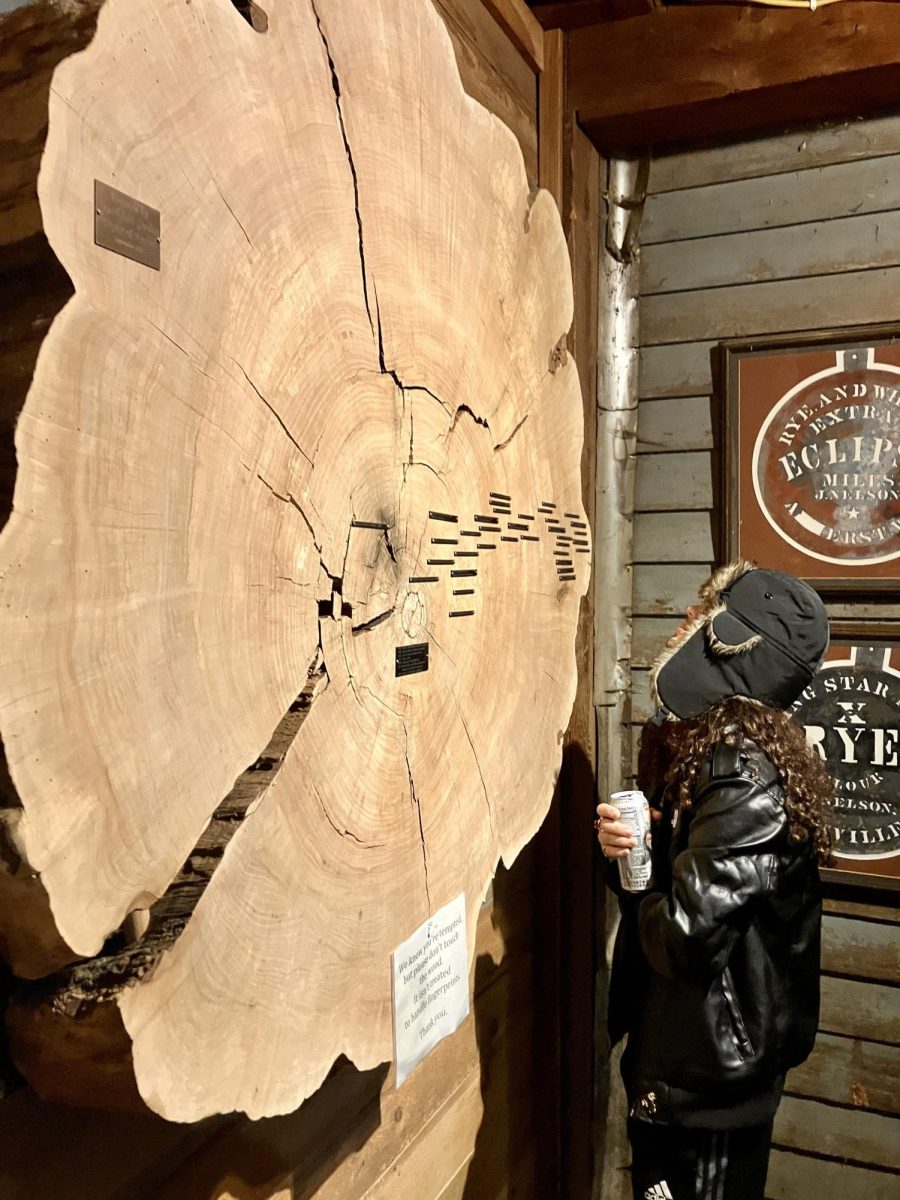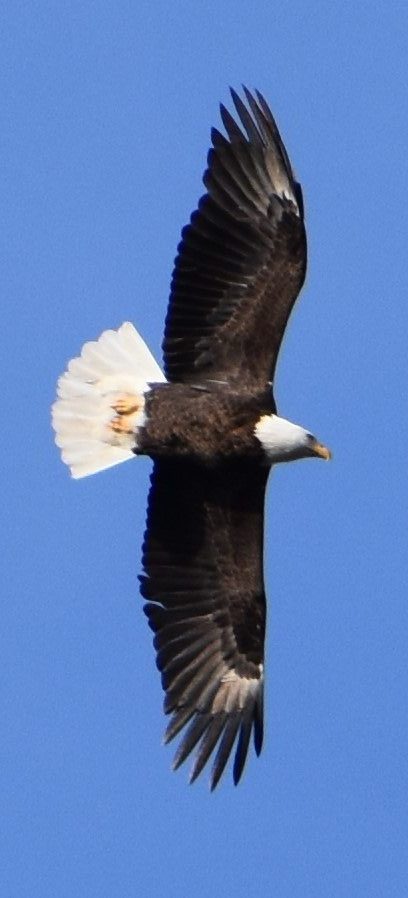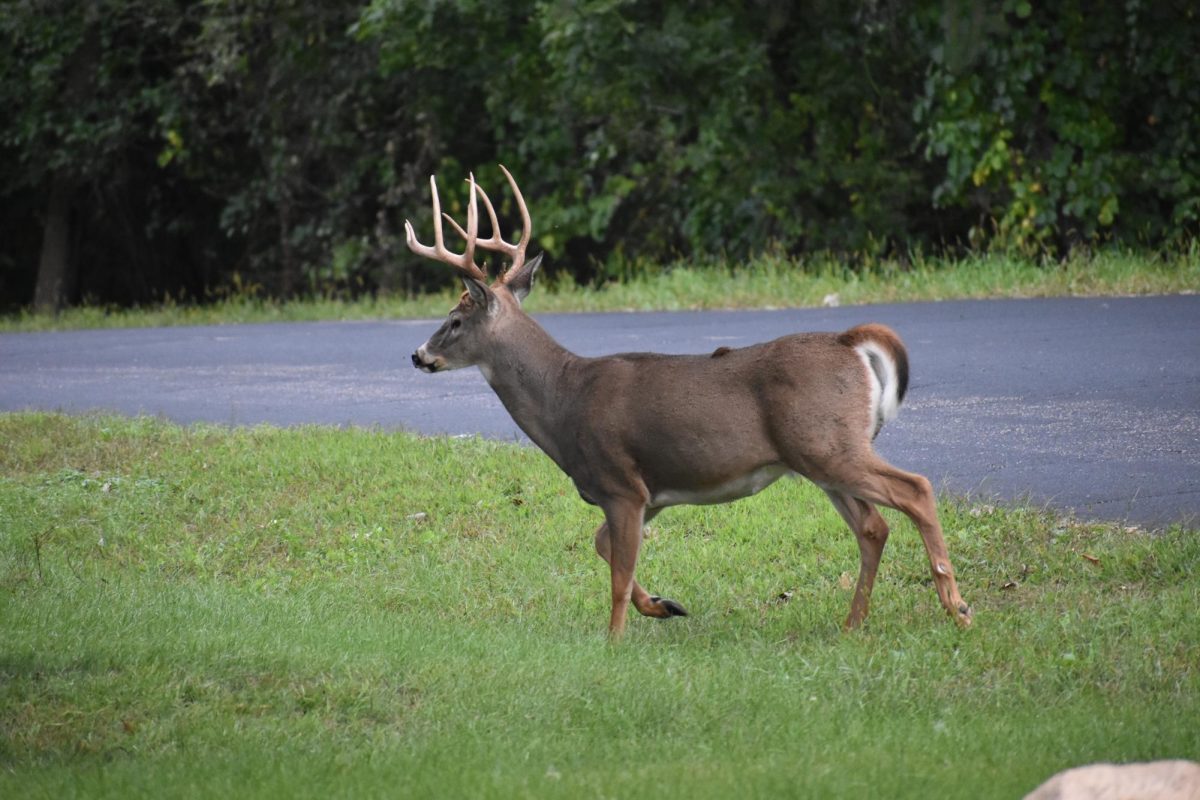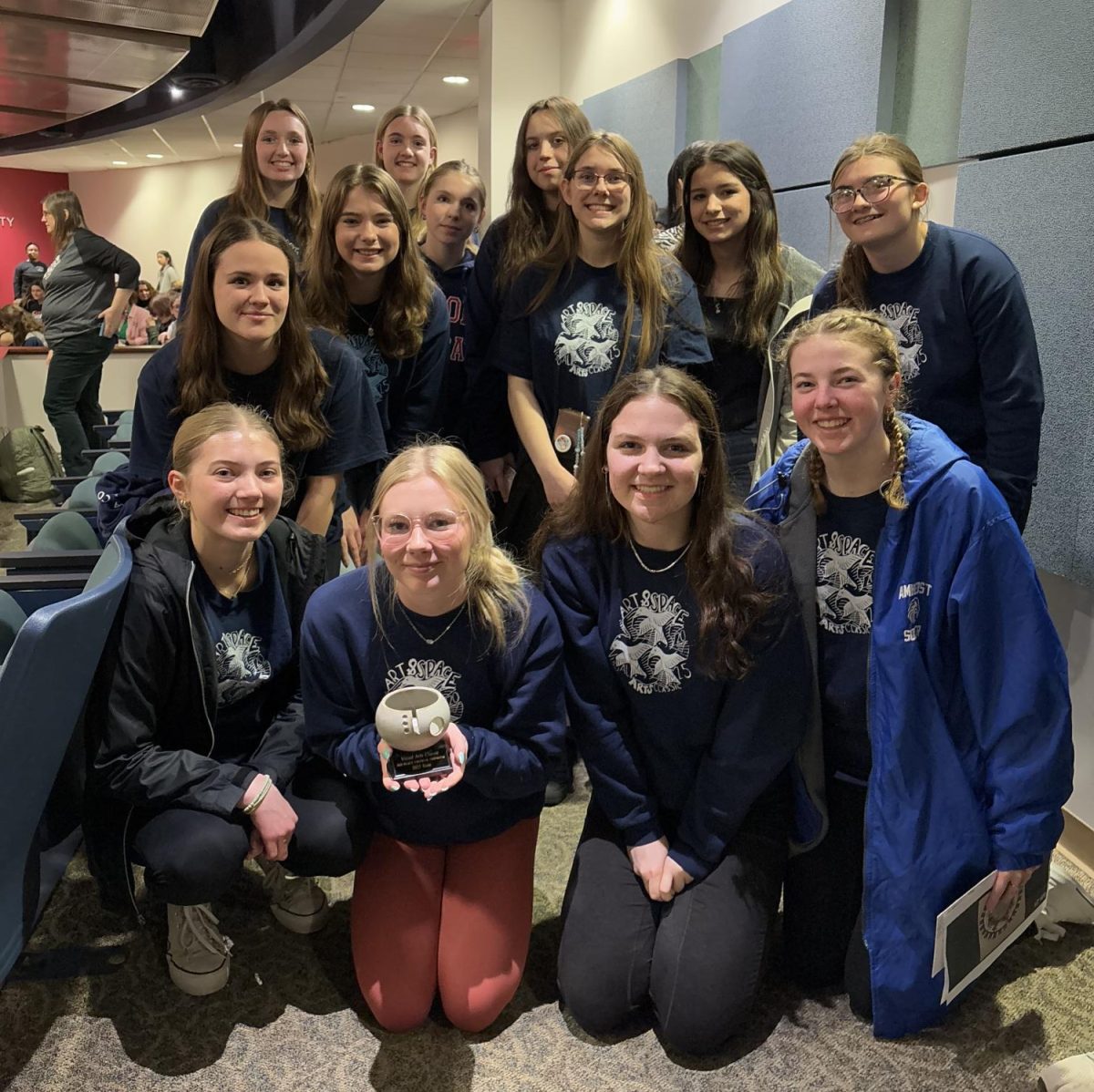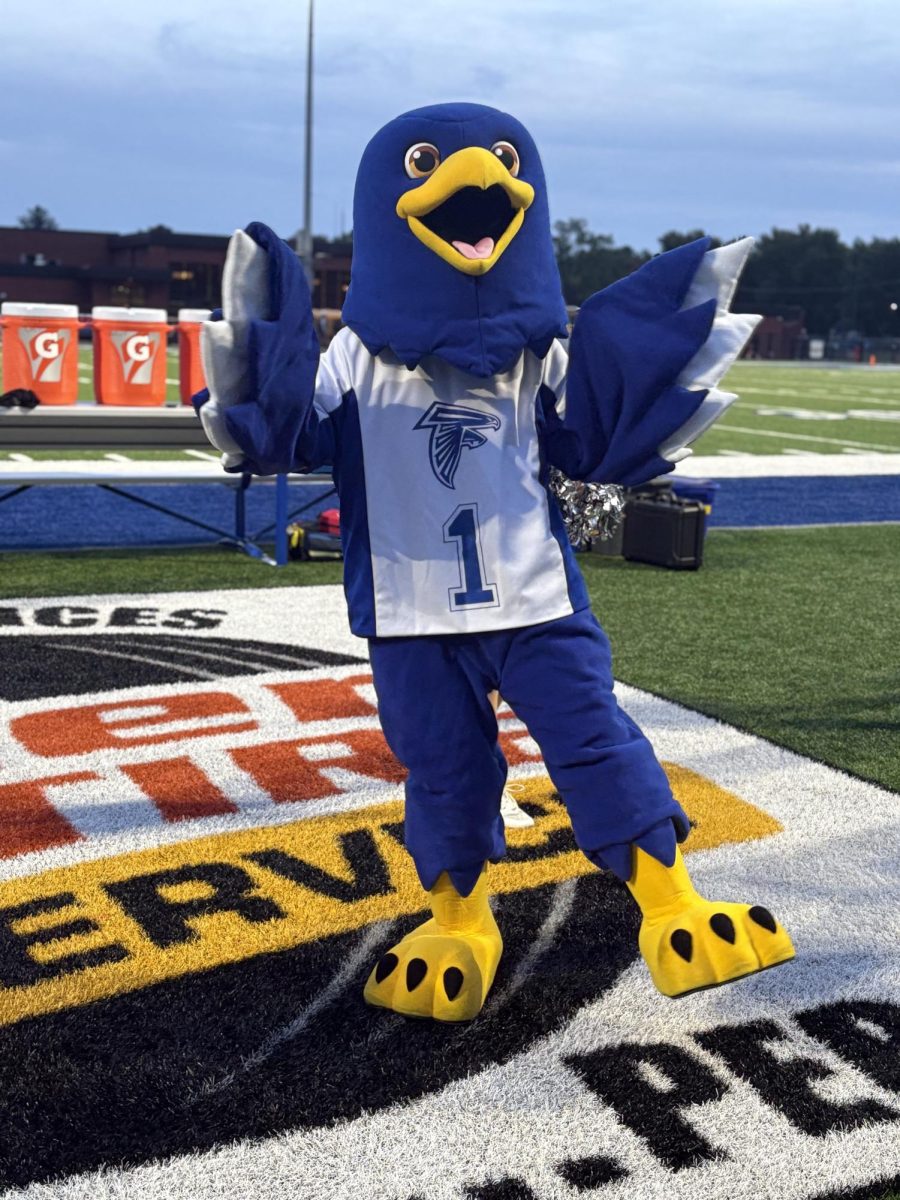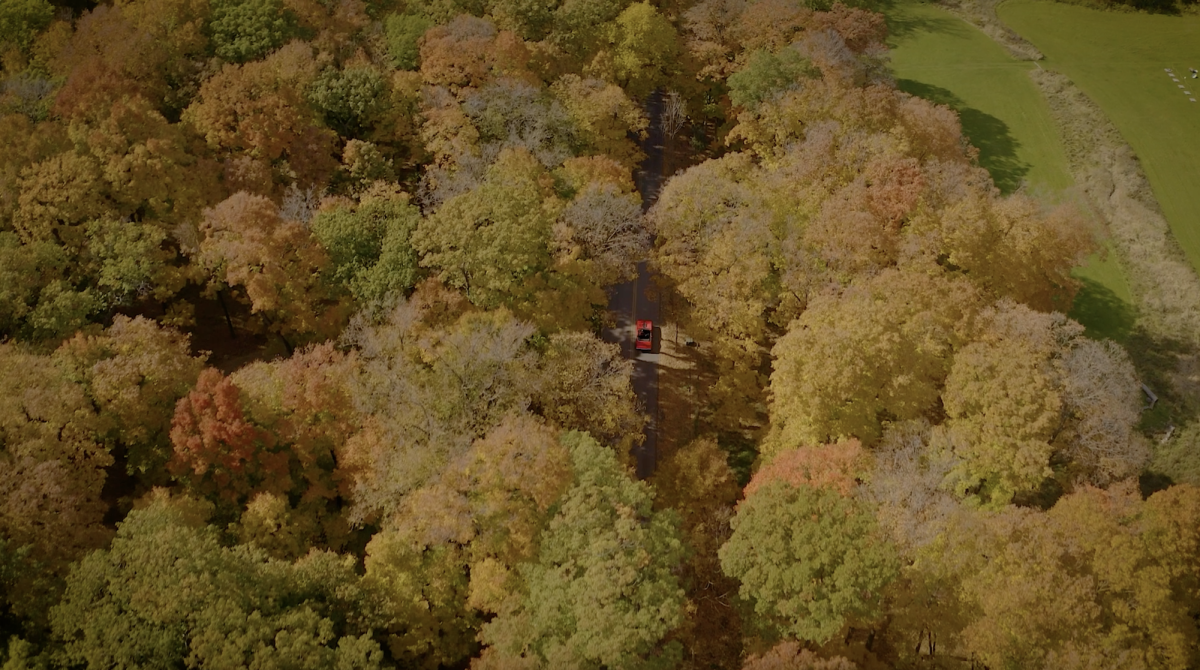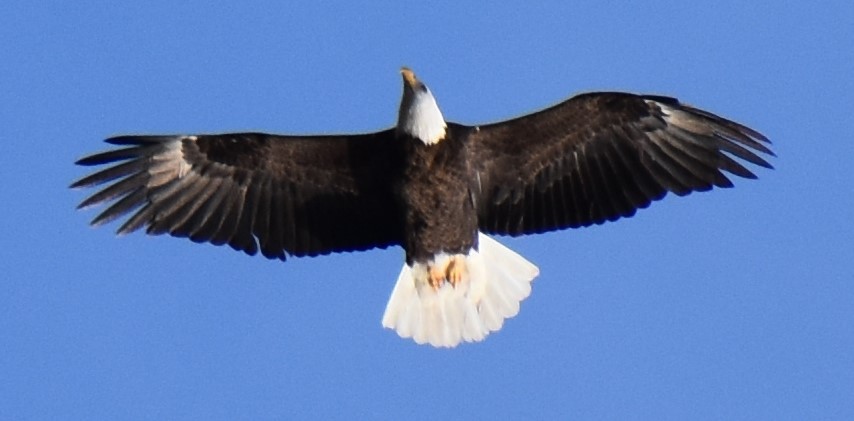The bald eagle’s reproduction rates are on the increase with their populations growing rapidly, according to wildhope.org, located in Maryland.
Factors in the eagles comeback include the banning of a harsh pesticide: “The banning of DDT and other conservation efforts has impacted the return of bald eagles,” research by WildHope.com illustrates.
The National Institute of Health supports this finding, welcoming the effects of the ban as “DDT and its breakdown products have been linked to various health problems, including reproductive problems, developmental issues, and even some types of cancer.” The DDT harmed eagles because the pesticide infiltrated eggshells causing them to thin. This weakened eggshells, making them prone to breaking before the eggs hatched.
Eagles are very aggressive when they perfect their nests and fight off predators such as hawks, owls and falcons. They will lock their talons in defense of their nest and territory.
So what is so important about the bald eagle? Is it just a bird that just so happened to be chosen as the nation’s bird? That is what most people think of when they hear the name, “bald eagle.” The bald eagle is not only the “nation’s bird,” but it also has several other important roles in the ecosystem.
The bald eagle is an elegant bird that lives in every state of our country; however, the Wisconsin Department of Natural Resources notes “they are more prominent to the north in lake country and along large rivers, like the Mississippi, Wisconsin, Chippewa, and Black Rivers. Eagles help keep our ecosystem in balance.”
They are a top predator that scavenge on dead carcasses, helping to remove dead and decaying animals from the landscape. With information provided by the WDNR, bald eagles typically nest 1-3 eaglets a year. Eagles are a fairly long lived animal (20+ years in the wild) in clean, protected environments.
The success of the eagle remains a source of pride as they are a symbol of the American nation. When laws are made to protect them, they should be followed. Not everyone follows those laws, however, with severe consequences to the eagles.
Locally in (WASU) Stevens Point, Wis., the Portage County sheriff’s office had to put a bald eagle down after it was shot. The Portage County Crime Stoppers found the bald eagle on Interstate 39, about one mile north of the Highway D exit. The eagle was taken to a wildlife rehab and was sadly euthanized due to its injuries. The bird was reportedly shot from the front while it was sitting in a tree.
Eagles are federally protected under a law called the Bald and Golden Eagle Protection Act and the Migratory Bird Treaty Act. Killing a bald eagle is a crime and can result in a year in prison and a fine of $100,000. Clearly, such crimes are not taken lightly.
The bald eagle was chosen to be a part of the The Great Seal of the United States in 1782. The bald eagle represents America’s strength and freedom. In 1940, the bald eagle was protected under a law called the National Emblem Act of 1940, making it illegal to hunt and kill this elegant bird that will represent the United States and mark a forever representation of the United States through freedom, strength and resilience.




